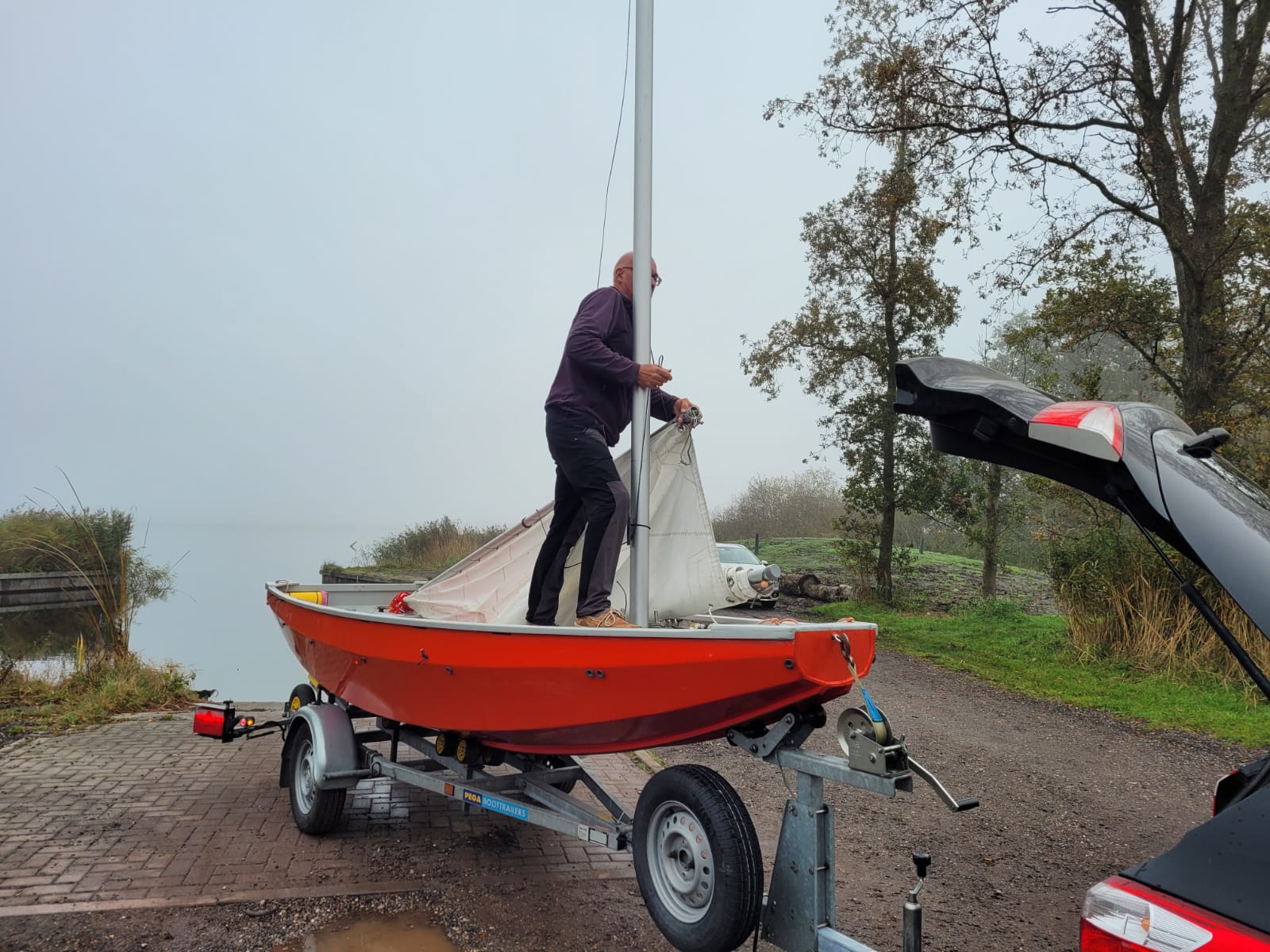
A 15ft Pram for Dinghy Cruising
20180625
20180626
20180627
20180628
20180629
20180902
20180915
20181014
20190208
20190422
20190510
20190511
20190512
20190525
20190601
20190803
20190804
20190805
20190807
20190811
20190819
20190820
20190821
20190822
20190823
20190828
20190908
20190922
20200216
20200603
20200612
20200712
20200718
20200719
20200727
20200822
20200905
20200910
20200911
20200912
20200913
20200920
20210305
20210509
20210724
20210905
20210912
20211003
20220430
20220508
20220603
20220618
20220821
20220828
20220904
20220911
20221009
20230423
20230520
20230528
20230625
20230805
20230806
20230810
20230903
20230906
20230910
20230911
20231001
20231008
20240423
20240515
20240603
20240614
20240623
20240710
20240714
20240716
20240720
20240723
20240725
20240726
20240727
20240730
20240908
20240915
20240929
20241007
20241019
20241021
20241110
20250420
20250421
20250422
20250428
20250504
20250505
20250622
20250630
20250707
20250716
20250717
20250718
20250719
20250720
20250721
20250724
20250725
20250825
20250907
20250910
<<
>>
20241019 |
Field work
It was a misty morning when Joost and I launched Hatseflats at the Grutte Wielen to do some field work.
Our objective was to validate a new route for a future Summer Solstice trip
of Natuurlijk Varen.
We left at around 1000 hours. It was so misty that we could not see more than 50m ahead. There was no wind and a light drizzle. We rowed through the quiet back streets of Ryptsjerk and passed under some low bridges. We measured a clearance of 140cm and reckoned that the water level would be 20cm higher in summer so we are expecting a clearance of 120cm. Our first lock was the 'Klaas Sluske'. The wooden jetty was very slippery so we had to be very careful. We reckoned that 4 boats would fit in the lock. We spent around 20 minutes to bridge a 100cm water level difference.
Our next lock was the Walster Slus.
Here the jetty was made of recycled plastic instead of wood which felt much more secure.
This lock can also handle 3-4 boats.
We spent around 20 minutes to bridge another 80cm difference.
Finally we reached the lock connecting the Falomster Feart to the Swemmer / Nije Feart.
We followed the instructions and used the push rods to close the lock at the low end after Hatseflats.
When Joost had opened the valve at the high end, we found that the lock did not fill completely because
the valve at the low end was spilling water.
It appeared to be stuck and creaked alarmingly but Joost finally got it moving.
With the lower valve closed it took a couple of minutes before we could push the lock open at the higher end.
We spent some 45 minutes on this lock including our self-inflicted delay.
After our trip I went to see the Camping De Zilveren Maan which proved suitable for an overnight stop on the eventual trip. I also sent an email to the municipality about the unclear instructions and the lower valve mechanism.  Launching Hatseflats in the morning mist. Photo Joost First lock: Klaas Sluske Second lock: Walster Slus Going up 80cm. Rowing from Feanwalden to De Falom. Reaching at 2 knots. Picknick with pea soup. Third lock:Falomster Feart Camping de Zilveren Maan on the Nije Feart |